
Table Of Contents:
- Factors Affecting Your Copier Lease Cost: A Comprehensive Guide
- Key Takeaways
- Understanding Copier Lease Costs
- Key Factors That Influence Your Leasing Expenses
- Different Types of Copier Lease Agreements
- Strategies to Optimize Your Copier Lease Cost
- Average Costs You Can Expect When Leasing a Copier
- Making the Best Leasing Decision for Your Business
- Conclusion
Factors Affecting Your Copier Lease Cost: A Comprehensive Guide
Leasing a copier can be a significant expense for any business, particularly for a startup company. Understanding the various factors that affect your copier lease cost is essential to making a sound financial decision. This comprehensive guide will explore key elements influencing leasing expenses, such as ownership terms, warranty options, and the type of lease agreement. By addressing these considerations, readers will gain insights into optimizing their copier lease costs and ultimately ensure their document management processes are both efficient and cost-effective.
Key Takeaways
- lease term length impacts monthly payments and overall costs significantly
- understanding included services helps avoid unexpected expenses in leasing agreements
- credit scores influence lease terms and interest rates, affecting overall costs
- assessing anticipated print volume ensures alignment with equipment needs and cash flow
- bundling services can simplify budgeting and reduce unexpected costs in copier leases
Understanding Copier Lease Costs

Understanding copier lease costs involves several key components of a contract that can influence overall expenses. This includes breaking down the various fees associated with the Contact Us lease, the impact of interest rates on monthly payments, and how a company’s credit score affects lease terms and options. Each of these factors plays a crucial role in determining the affordability of copier leasing.
Breaking Down the Components of a Lease Agreement
When companies consider renting or leasing a copier, the lease agreement comprises several essential components that can affect overall costs. One major aspect is the length of the lease, which typically ranges from 24 to 60 months. A longer lease may result in lower monthly payments but could increase total costs over time, so businesses must weigh their current and future needs before committing.
Another critical factor is the level of customer service and support included in the lease. Some agreements offer comprehensive service packages that cover maintenance, repair, and even supplies, such as toner and fax paper, while others may not. Understanding the extent of customer support and the associated costs can help businesses avoid unexpected expenses and ensure they select the best option for their operational requirements.
The Impact of Interest Rates on Your Payments
The impact of interest rates on copier lease payments can significantly influence a business’s overall budget when leasing printers, such as those from Kyocera. Even small fluctuations in these rates can alter monthly payments and the total cost of leasing over the term of the contract. Companies need to understand how current market values affect interest rates, as higher rates can lead to increased expenses for the leasing of machines that require ink and other consumables.
Moreover, leasing contracts that feature fixed interest rates can provide stability in budgeting, shielding businesses from potential rate hikes during the lease period. Conversely, variable rates may decrease initial costs but can lead to unpredictability in future payments. This uncertainty underscores the importance of carefully evaluating the terms of a lease agreement, including the impact of interest rates, to achieve financial efficiency and align with operational needs.
| Component | Impact on Lease Cost |
|---|---|
| Interest Rates | Higher rates increase monthly payments and total lease cost. |
| Lease Term Length | Longer terms may lower monthly costs but increase overall expenses. |
| Included Services | Comprehensive service packages can reduce unexpected expenses. |
How Credit Score Influences Lease Terms
The credit score of a business can significantly impact the terms of a copier lease. Leasing companies often assess a potential lessee’s credit score to determine the interest rate and overall eligibility for financing. Higher credit scores generally lead to lower interest rates, making leases for devices like Xerox and other laser printers more affordable over time. Conversely, a lower credit score may result in higher interest rates, increasing total lease costs and potentially affecting the type of equipment offered.
In addition to interest rates, a business’s income and overall financial stability play a role in the leasing process. Companies with strong and consistent income may benefit from more favorable lease terms as lenders perceive them as lower-risk borrowers. Understanding these dynamics allows business owners to strategically improve their credit profiles, enabling them to negotiate better terms and reduce expenses related to copier leases, ultimately supporting their operational efficiency.
Key Factors That Influence Your Leasing Expenses

Several key factors influence the cost of a copier lease, including essential features and technological specifications that enhance productivity. The length of the lease term can impact monthly payments, while anticipated print volume plays a crucial role in determining toner costs. Additionally, the inclusion of maintenance and service plans, along with expenses for installation and user training, will affect overall leasing expenses, making it vital for businesses to assess these elements carefully.
Copier Features and Technological Specifications
The features and technological specifications of a copier can significantly affect lease costs, particularly for businesses focused on efficiency. Machines like Konica Minolta copiers offer advanced functionalities such as high-speed printing, scanning capabilities, and mobile connectivity, which can enhance productivity. However, these features often come with higher initial costs, influencing the down payment required for the printer lease and the overall monthly payment structure.
Customer requirements play a crucial role in selecting the appropriate copier model, as businesses should evaluate what features align with their operational needs. A comprehensive policy that includes maintenance and support might also influence lease expenses, particularly if advanced features necessitate more intensive upkeep. Understanding how specific specifications relate to operational efficiency can help organizations make informed decisions, thereby optimizing their leasing expenses.
Length of the Lease Term
The length of the lease term is a significant factor influencing the overall cost of leasing a copier. Typically ranging from 24 to 60 months, longer terms may result in lower monthly payments, but they can lead to a higher total cost of ownership due to extended financing. Companies that choose brands like Epson often need to assess their workflow needs carefully before selecting a lease duration to ensure they are not overspending over time.
Additionally, businesses must consider the fair market value of the equipment at the end of the lease. A shorter lease term might result in higher monthly payments, but it allows companies to update their technology more frequently, ensuring they utilize the latest features and efficiencies available. This strategy can ultimately enhance workflow and reduce maintenance costs associated with outdated machines, making it a practical choice for many organizations.
Anticipated Monthly Print Volume
Anticipated monthly print volume plays a critical role in determining copier lease costs, as it influences both the selection of the equipment and the overall monetary commitment. Businesses that engage in high levels of color printing may require more advanced photocopiers with higher capacities, resulting in increased lease payments. Understanding expected print volume helps organizations negotiate more favorable terms, ensuring they align equipment capabilities with cash flow and operational needs.
A clear assessment of monthly print needs can also assist businesses in managing cash effectively over the lease term. Companies that overestimate their printing requirements might end up paying for extra capacity they do not use, whereas underestimating can lead to costly overages or the need for an expensive upgrade mid-lease. By accurately forecasting print volume, businesses can make informed decisions and optimize their leasing negotiations, leading to better control of cash and overall expenses related to their photocopier investments.
Inclusion of Maintenance and Service Plans
Including maintenance and service plans in a copier lease significantly influences overall costs. For instance, leases with comprehensive service packages often cover repairs, supplies like toner, and even essential equipment like staplers. These bundled services can lead to a more predictable monthly price, reducing unexpected expenses that might arise from equipment malfunctions or supply shortages.
Moreover, businesses that choose well-known brands such as Lexmark or offer laser printing capabilities can benefit from specialized maintenance services tailored to their equipment. By thoroughly understanding the terms of these plans, companies can leverage their credit status to negotiate better lease agreements. This strategic approach helps organizations align their operational needs with their budget, ultimately enhancing productivity without incurring excessive costs.
- Inclusion of maintenance plans can stabilize expenses.
- Comprehensive services often cover necessary supplies.
- Well-known brands may offer tailored maintenance solutions.
- Understanding maintenance terms can enhance negotiation power.
- Aligning services with operational needs optimizes expenses.
Costs for Installation and User Training
The costs associated with installation and user training can significantly impact the overall expenses of a copier lease. When businesses secure a copier from a vendor like Advanced Business Solutions, they often overlook the potential costs of properly installing the equipment and training staff to use it efficiently. Poor installation might lead to operational delays and increased use of resources, such as ink cartridges, while insufficient training can diminish productivity, resulting in unnecessary frustration for employees and higher long-term costs.
Investing in professional installation and comprehensive training not only ensures the optimal functioning of the copier but also maximizes its features and capabilities. By collaborating with a knowledgeable vendor in St. Augustine, Florida, companies can minimize disruptions and streamline workflows. For those seeking assistance, reaching out to Advanced Business Solutions can provide insights and support tailored to specific business needs, ultimately leading to better investment in office technology.
Different Types of Copier Lease Agreements

Different types of copier lease agreements provide various financial implications that can significantly affect overall costs. A Fair Market Value Lease allows companies flexibility and lower payments, while a Dollar Buyout Lease offers ownership but may come with higher expenses. Additionally, Step-Up Lease options can accommodate budget fluctuations over time. Understanding these agreements aids businesses in making informed decisions regarding their copier leasing strategies.
Fair Market Value Lease Explained
A Fair Market Value (FMV) lease is a popular choice for businesses seeking flexibility in their copier leasing arrangements. This type of lease allows companies to use the equipment for a predetermined period, often 36 or 60 months, with lower monthly payments compared to other leasing structures. At the end of the lease term, businesses have the option to purchase the equipment for its fair market value, return it, or extend the lease, providing various financial avenues based on their operational needs.
The Benefits and Drawbacks of a Dollar Buyout Lease
A Dollar Buyout Lease offers businesses the opportunity to own the copier at the end of the lease term for a nominal fee, typically one dollar. This arrangement allows companies to benefit from the latest technology while ensuring that they can retain the equipment once they have made all their payments. For organizations with predictable long-term printing needs, this structure can be financially advantageous, as ownership eliminates future leasing expenses.
However, there are drawbacks to consider with a Dollar Buyout Lease. While monthly payments may be higher than other lease agreements, the total cost can be substantially increased by the time the lease concludes. Additionally, businesses must factor in the maintenance, service, and potential upgrade costs associated with older equipment, which may diminish the value gained from ownership. Understanding these factors is essential for companies to determine whether a Dollar Buyout Lease aligns with their operational objectives and budgetary constraints.
Understanding Step-Up Lease Options
Step-Up lease options provide businesses with the opportunity to manage their cash flow more effectively throughout the lease term. This leasing structure typically involves lower initial payments that gradually increase over time. By allowing companies to start with manageable costs, a Step-Up lease can be particularly beneficial for startups or those anticipating growth, as it aligns payments with expected revenue increases.
Moreover, this type of lease can help organizations adapt to changing operational needs without the burden of high upfront costs. For example, a company that requires a copier for a new project may benefit from lower payments at the start, easing the financial pressure as they ramp up their operations. Understanding the implications of a Step-Up lease can empower businesses to negotiate terms that fit their budget while still securing the necessary technology to enhance productivity.
Strategies to Optimize Your Copier Lease Cost

To optimize copier lease costs, businesses can adopt several practical strategies. Negotiating lease terms can fit a company’s budget while minimizing financial strain. Selecting essential features rather than extras ensures functionality without overspending. Organizations should also assess the advantages of leasing used versus new copiers, as well as consider bundling services for significant cost savings. Each of these strategies can lead to a more efficient leasing experience.
Negotiating Terms to Fit Your Budget
Negotiating terms to fit a business’s budget is an essential step when considering a copier lease. Companies should approach leasing discussions with a clear understanding of their financial constraints and operational needs. By being upfront about budget limits, businesses can often negotiate lower monthly payments or more favorable terms, such as extending the lease term to spread costs more comfortably. This proactive approach helps ensure that the terms align with the company’s cash flow, ultimately minimizing financial strain.
Furthermore, organizations can inquire about additional benefits that might come with their lease agreement. Businesses should consider negotiating for inclusive services such as maintenance and repair, which can lead to significant savings in unexpected costs down the line. Engaging with vendors who value long-term relationships often results in more flexible terms, allowing businesses to secure not just a deal that fits their budget, but also one that supports their long-term operational goals.
Choosing Essential Features Over Extras
When leasing a copier, opting for essential features rather than additional extras can significantly streamline costs. Businesses should evaluate their operational needs to identify functionalities that provide the most value, such as high-speed printing or efficient scanning capabilities, ensuring the chosen copier directly aligns with daily tasks. This targeted approach helps avoid unnecessary expenditures on features that may ultimately remain unused, ultimately keeping the leasing budget within manageable limits.
Additionally, focusing on essential capabilities allows organizations to negotiate better lease terms by opting for devices that are both cost-effective and highly functional. For instance, a company primarily engaging in black-and-white printing may prioritize a machine with solid monochrome output over a color printer packed with advanced capabilities that won’t be utilized. By strategically selecting the right equipment, businesses can enhance their productivity while optimizing their overall copier lease costs, ensuring an effective return on investment.
Assessing Used vs. New Copiers for Leasing
When businesses are evaluating their copier leasing options, they need to consider the difference between leasing used and new copiers. Used copiers often come with significantly lower lease costs, making them appealing for budget-conscious organizations. However, while they may offer initial savings, potential concerns about reliability and maintenance should be factored into the decision-making process. Companies should carefully assess the condition and print volume history of used machines to ensure they align with their operational needs.
On the other hand, new copiers typically feature the latest technology and advanced functionalities that can enhance productivity and efficiency. Leasing a new copier may come with a higher monthly payment, but businesses may benefit from warranty coverage and lower ongoing maintenance costs. This investment in quality equipment ensures reliable performance and minimizes unexpected expenses, making it a strategic choice for organizations looking to optimize their copier lease costs effectively. Organizations should balance upfront savings with long-term value when deciding between used and new copiers:
- Assess the condition and history of used copiers.
- Consider the potential reliability and maintenance costs associated with used machines.
- Evaluate the advanced features and warranties provided with new copiers.
- Weigh initial lease costs against long-term value and performance.
Bundling Services for Cost Savings
Bundling services in a copier lease agreement can lead to significant cost savings for businesses while enhancing operational efficiency. By integrating maintenance, supplies, and service support into one comprehensive package, organizations can simplify their budgeting process and reduce unexpected expenses. For example, when a business chooses to bundle toner replenishment and regular maintenance services with their copier lease, it eliminates the need for separate budgeting for these necessities, allowing for more predictable cash flow management.
Furthermore, bundling services often provides access to better service agreements and discounts that standalone services may not offer. Companies can benefit from responding quickly to equipment downtime, as service providers typically prioritize bundled clients, ensuring less disruption to business operations. This strategic approach not only supports smoother workflows but also enhances overall productivity, allowing businesses to focus on their core functions without worrying about the reliability of their copier equipment.
Average Costs You Can Expect When Leasing a Copier

The costs associated with leasing a copier can vary significantly based on factors such as copier type and brand. Monthly payment ranges can differ for small to enterprise businesses, reflecting diverse operational needs. Additionally, it’s important to consider extra fees and charges that may arise throughout the lease term. Understanding these aspects will provide valuable insights into the overall costs associated with copier leasing.
Cost Variations Based on Copier Type and Brand
The type and brand of a copier play significant roles in determining leasing costs. High-performance brands like Canon or Xerox often come with higher monthly payments due to their advanced features and reliability. Conversely, more budget-friendly options from brands like Brother or Dell can lower overall lease expenses, making them more accessible for small businesses while still meeting basic operational needs.
Additionally, the specifications of copiers, such as printing speed, color capabilities, and multifunction features, contribute to cost variations in leases. For instance, industrial-grade copiers designed for high-volume jobs command a premium due to their efficiency and durability. Understanding the balance between necessary features and budget constraints is critical for organizations looking to optimize their copier leasing decisions:
| Copier Type | Typical Monthly Lease Cost |
|---|---|
| Entry-Level Copiers | $100 – $200 |
| Mid-Range Copiers | $200 – $400 |
| High-End Industrial Copiers | $400+ |
Monthly Payment Ranges for Small to Enterprise Businesses
Monthly payment ranges for copier leases vary considerably based on the size and needs of the business. Small businesses can typically expect to pay between $100 and $200 per month for entry-level copiers, while mid-range options may cost between $200 and $400. These figures depend on factors such as the copier’s brand, features, and included services, highlighting how essential it is for businesses to assess their specific requirements before entering into a lease agreement.
For larger enterprises, lease costs can escalate significantly due to the demand for high-performance equipment capable of handling greater print volumes and advanced features. High-end industrial copiers may command monthly lease payments of $400 or more, reflecting their capabilities and durability. Businesses should conduct a thorough analysis of their printing needs and budget constraints to ensure that they choose a leasing plan that aligns with their operational goals and financial considerations.
Additional Fees and Charges to Consider
When leasing a copier, it is essential for businesses to be aware of potential additional fees and charges that can arise throughout the lease term. These may include costs for excessive print usage, maintenance services beyond the agreed-upon limits, and charges for supplies like toner. Understanding these potential expenses allows businesses to factor them into their overall budget and avoid unexpected financial burdens.
Moreover, businesses should consider installation fees and training costs when budgeting for their copier lease. These costs can vary based on the complexity of the equipment and the training required to ensure staff can use it effectively. By accounting for these expenses upfront, businesses can create a more accurate financial plan and ensure that they are making the best investment for their operational needs.
| Additional Fees | Description |
|---|---|
| Excess Print Usage | Charges incurred if the monthly print limit is exceeded. |
| Maintenance Costs | Fees for services that go beyond the maintenance agreement. |
| Supplies Costs | Additional charges for toner and other printing supplies. |
| Installation Fees | Costs associated with setting up the copier. |
| User Training Costs | Expenses for training staff on how to operate the copier. |
Making the Best Leasing Decision for Your Business

Making the best leasing decision for a business involves carefully evaluating long-term costs versus short-term needs. Understanding how copier capabilities align with operational requirements can significantly impact overall productivity. Additionally, seeking expert advice can help navigate various leasing options, ensuring businesses choose the right copier solutions that optimize costs and performance in their specific environments.
Evaluating Long-Term Costs vs. Short-Term Needs
When evaluating long-term costs versus short-term needs, businesses must consider how their current copier requirements will evolve over time. A copier that meets today’s demands may not be sufficient as the business grows or changes, potentially leading to unforeseen expenses in upgrades or replacements. Companies should analyze their projected print volume, frequency of use, and necessary features to ensure that the chosen leasing strategy aligns with both present and future operational needs.
Understanding these dynamics enables businesses to select a copier lease that maximizes efficiency and minimizes overall costs. For instance, opting for a slightly more expensive model with enhanced capabilities can prevent the pitfalls of frequent equipment upgrades later. By prioritizing long-term value over initial savings, organizations can improve their workflow without incurring additional financial burdens that arise from inadequate equipment or unexpected lease changes.
Aligning Copier Capabilities With Business Operations
Aligning copier capabilities with business operations is essential for optimizing productivity and minimizing costs. Companies should assess their specific printing needs and select copiers that offer the right features, such as high-speed printing, scanning, and mobile connectivity, to support their daily tasks effectively. By choosing equipment that complements their workflow, organizations can enhance efficiency while avoiding the costs associated with underutilized or inadequate technology.
Additionally, businesses must consider the frequency of use and anticipated print volume when evaluating copier capabilities. For instance, a business that relies heavily on color printing may benefit from a multifunction printer equipped for larger outputs and diverse media. Understanding these operational requirements not only aids in selecting the most suitable copier but also directly influences lease costs, as equipment that meets current demands reduces the likelihood of needing upgrades or replacements in the near future.
Seeking Expert Advice to Navigate Leasing Options
Seeking expert advice is essential when navigating the complexities of copier lease options. Professionals with experience in the field can offer insights into various leasing structures, such as Fair Market Value and Dollar Buyout agreements, helping businesses assess which option aligns best with their financial goals and operational needs. By gaining an understanding of industry nuances, companies can make informed decisions that minimize costs and enhance productivity.
Additionally, expert consultants can tailor recommendations to specific business contexts, ensuring that selected equipment meets both current requirements and future needs. For instance, they can identify copiers that support anticipated print volumes, leading to optimal leasing arrangements that avoid unexpected expenses. This tailored approach not only maximizes the return on investment but also allows businesses to focus on their core operations while ensuring their copier needs are efficiently managed.
Conclusion
Understanding the factors affecting copier lease costs is vital for businesses seeking to optimize their printing expenses and operational efficiency. Key elements such as lease terms, interest rates, and included services have a significant impact on overall costs and budgeting. By carefully evaluating these components, companies can make informed decisions that align equipment capabilities with their financial goals. Ultimately, a strategic approach to managing copier leases enhances productivity while minimizing unexpected expenses, reinforcing the importance of informed leasing choices.




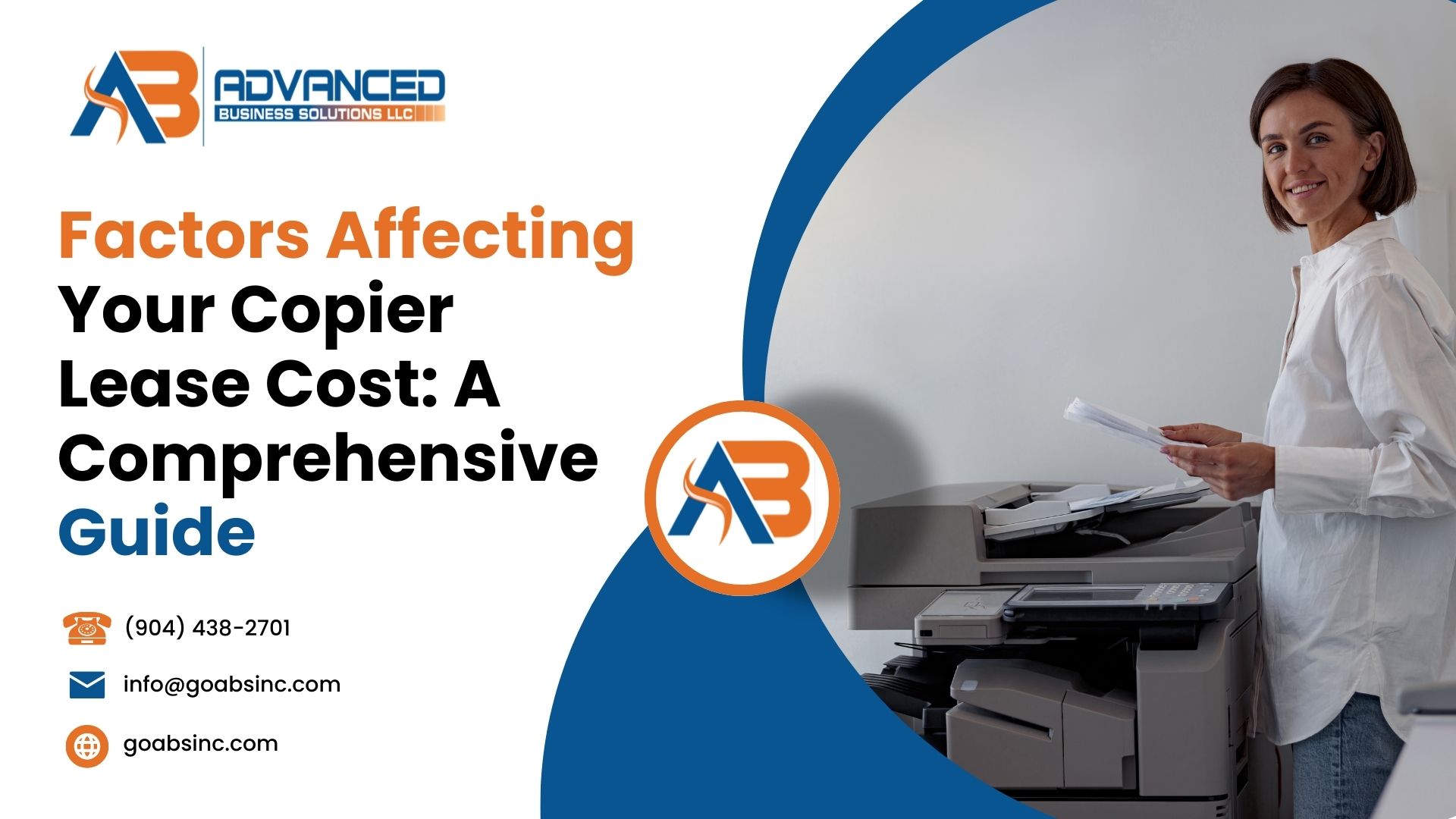
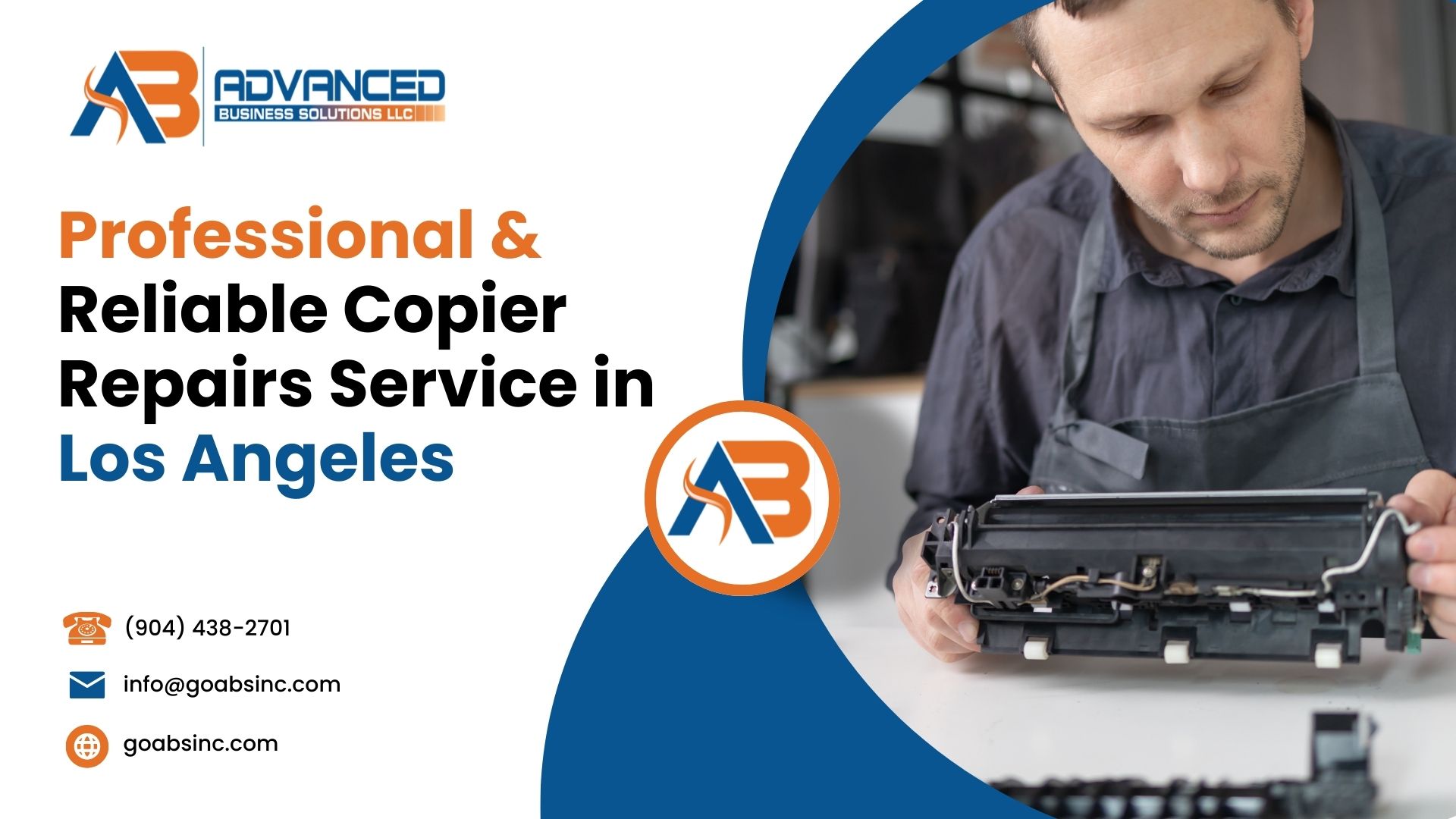
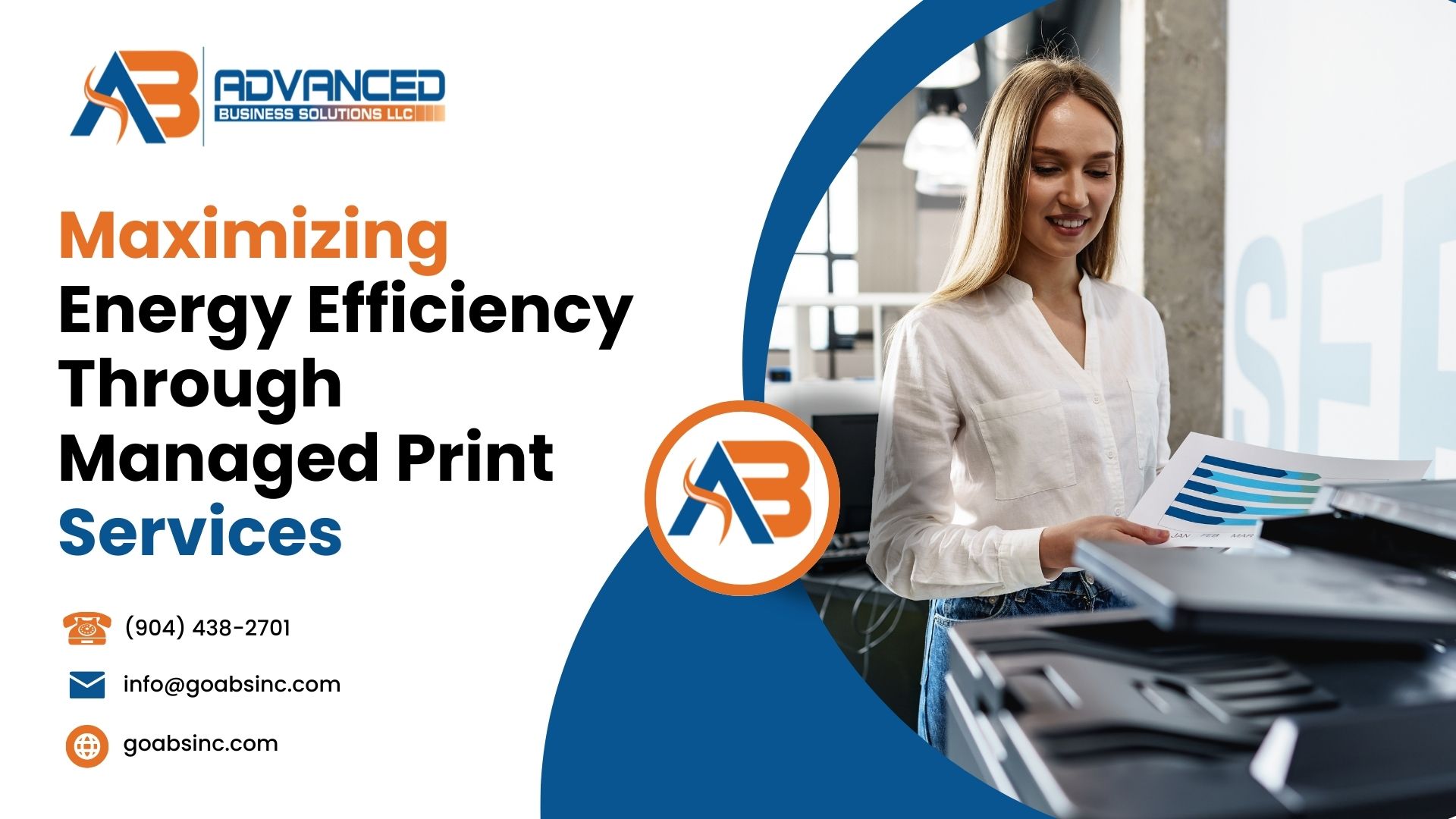
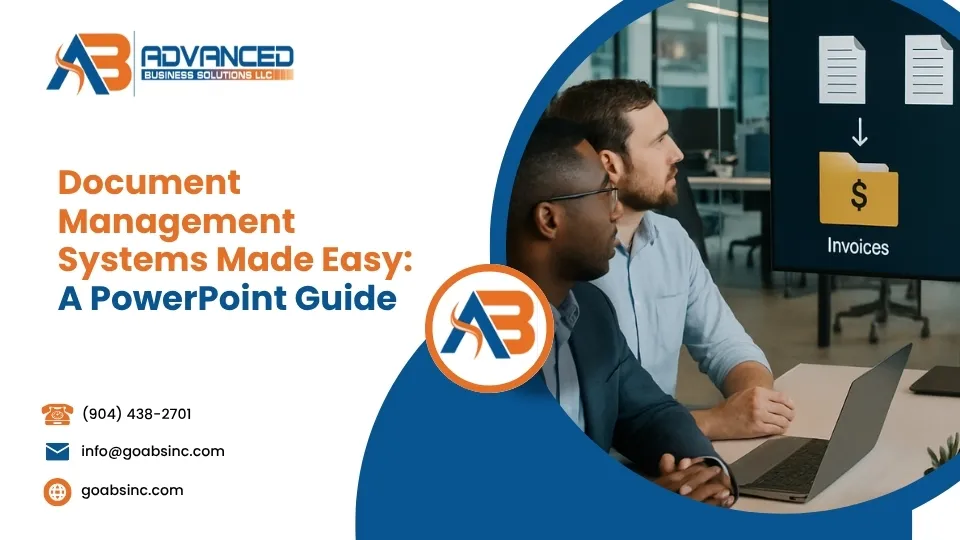

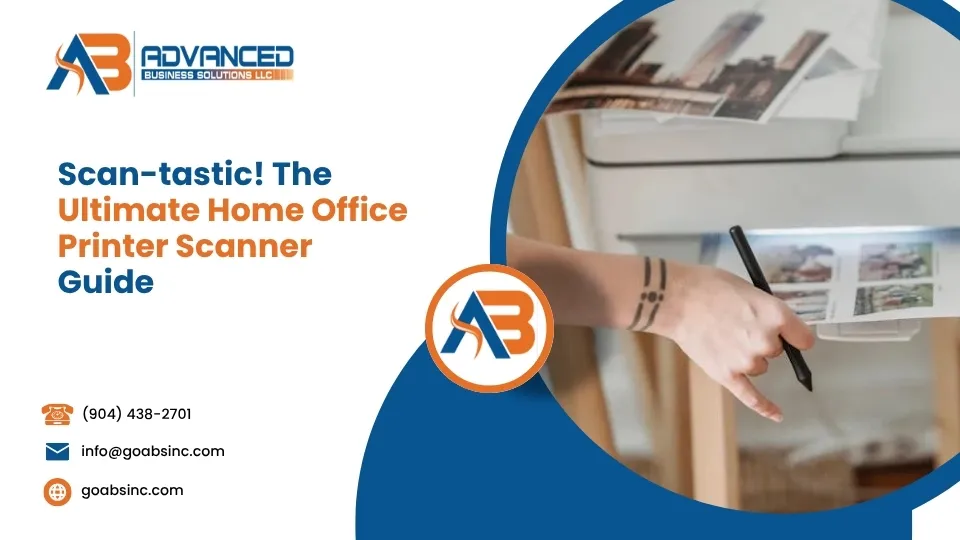
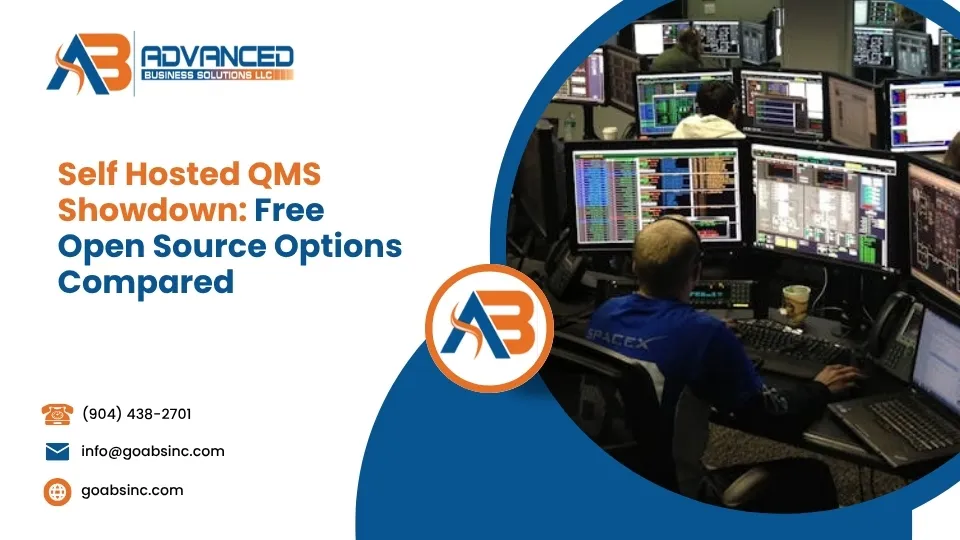
Comments are closed